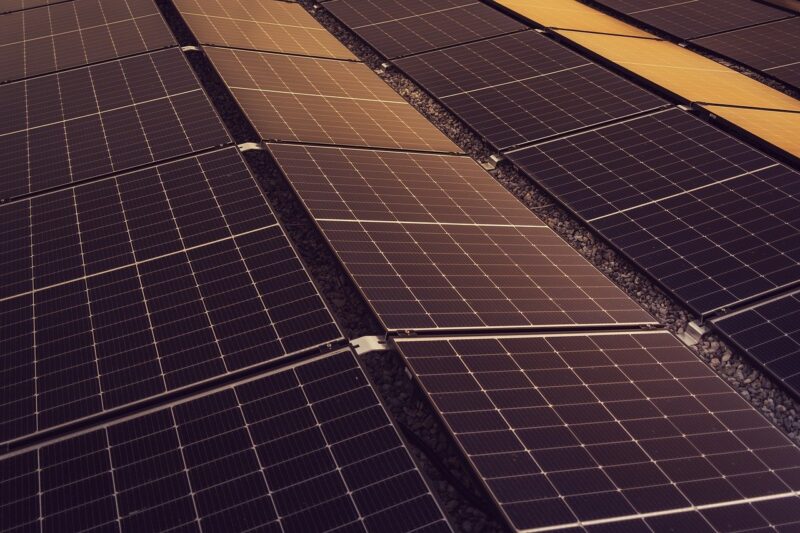How Renewable Energy Works: Solar, Wind, and the Future of Green Power
November 14, 2024

In recent years, the conversation surrounding renewable energy has gained significant momentum, driven by increasing awareness of climate change, energy security, and the quest for sustainable development. Countries worldwide are making bold commitments to transition from fossil fuels to clean energy sources. This article aims to dissect how renewable energy works, focusing on solar and wind technologies, as well as discussing the potential future developments in green power.
1. Understanding Renewable Energy
Renewable energy refers to energy that is generated from natural resources that can be replenished within a human timescale, unlike non-renewable sources such as coal, oil, and natural gas, which exist in finite amounts. The key benefits of renewable energy include:
- Sustainability: As long as natural cycles continue, renewable energy sources will not deplete the Earth’s resources.
- Environmental Protection: Renewable energy tends to produce significantly lower greenhouse gas emissions compared to fossil fuels, helping combat climate change.
- Energy Independence: By investing in local renewable energy, countries can reduce their dependence on imported fuels, enhancing energy security.
Renewable sources include solar, wind, hydroelectric, geothermal, and biomass. Among these, solar and wind energy have seen the most significant advancements and are leading the charge towards a greener future.
2. How Solar Energy Works
Solar energy utilizes sunlight to generate electricity or heat. The two main technologies involved in solar energy systems are photovoltaic (PV) cells and solar thermal systems.
2.1 Photovoltaic (PV) Cells
Photovoltaic cells are made from semiconductor materials, typically silicon. When sunlight strikes the cells, it knocks electrons loose, creating an electric current. Here’s the process broken down:
- Absorption: Solar cells capture sunlight, exciting electrons in the material.
- Electric Current Generation: The movement of these electrons creates direct current (DC) electricity.
- Inversion: An inverter converts the DC electricity into alternating current (AC) electricity, which is what most homes and businesses use.
This electricity can be used to power homes or fed back into the electrical grid, often resulting in financial compensation for the energy produced.
2.2 Solar Thermal Systems
Solar thermal systems use sunlight to heat a fluid that can be used to produce steam and generate electricity. These systems consist of:
- Solar Collectors: These devices capture solar energy and utilize it to heat water or other fluids.
- Heat Transfer System: The heated fluid is then used to produce steam, which drives a turbine connected to an electricity generator.
Solar energy is one of the fastest-growing and most promising renewable energy sources due to decreasing costs and increasing efficiency.
3. How Wind Energy Works
Wind energy is another prominent renewable energy source that harnesses the kinetic energy of wind to generate electricity. Wind turbines convert the wind’s energy into mechanical power, which can be used for various applications, including generating electricity.
3.1 Components of a Wind Turbine
A typical wind turbine consists of:
- Blades: Similar to an airplane wing, the turbine blades capture wind energy when it blows, causing the rotor to spin.
- Gearbox: This component increases the rotor speed to generate electricity effectively.
- Generator: This is where the mechanical energy from the spinning blades is converted into electrical energy.
- Control Systems: These regulate the turbine, optimizing performance based on wind conditions.
Wind power is highly efficient and one of the cheapest forms of electricity generation available today.
4. The Future of Renewable Energy
As technology evolves, so does the renewable energy landscape. Some key areas of focus for the future include:
- Energy Storage: Research is ongoing into advanced battery technologies that can store energy generated from solar and wind sources, ensuring a constant energy supply even when production fluctuates.
- Smart Grids: The integration of renewable energy into existing electrical infrastructure will require the development of smart grid technologies that optimize energy distribution and utilization.
- Innovation in Materials: New materials for solar panels and wind turbines are being developed to improve efficiency and reduce costs.
- Policy and Investment: Increased governmental support through policies and incentives will drive the growth of renewable energy projects and encourage more private investments.
The future of renewable energy holds great promise, with innovative technologies and strategic investments paving the way for a more sustainable and resilient energy system.
Conclusion
The transition to renewable energy sources such as solar and wind is not just essential for tackling climate change; it is also an opportunity to build a sustainable, secure energy future. The advancements in technology, decreasing costs, and evolving public policies point towards a global shift that could redefine how we power our homes and industries. As we step further into the future, embracing renewable energy sources is no longer a choice—it’s a necessity for a healthier planet and a sustainable world.







